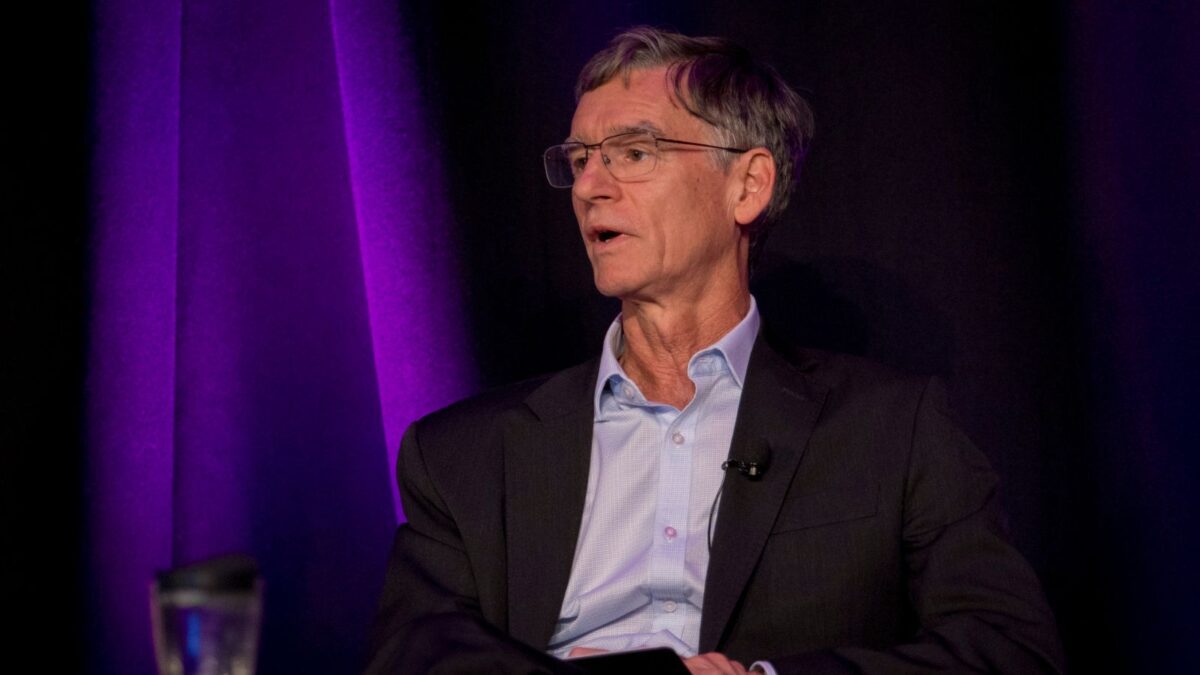Timely strategy for unconstrained fixed income exposure
(Pictured: Stephen Miller)
As the fallout from the Bill Gross departure from PIMCO reverberated around the world last week, one of its main competitors, BlackRock, got lucky with the timing of its launch of a fixed income global opportunities (FIGO) fund for Australian investors, just like the one Gross famously managed at his old shop.
According to Moody’s, the corporate ratings agency, PIMCO will possibly lose about 10 per cent of its funds under management – amounting to nearly US$200 billion – because of Gross’s departure, in what seems to be a fit of pique, to Janus Capital. Rivals are therefore lining up to compete for the spoils.
Stephen Miller, BlackRock Australia’s experienced head of fixed income, pointed out that his new fund was in planning, and actually soft-launched, before the surprise announcement from Gross. And the Australian version is based on a BlackRock US mutual fund launched in 2010 and feeds into a Luxembourg-based fund launched in 2013.
So, this is not a new business opportunity designed to capitalize on PIMCO’s misfortune, but one suspects BlackRock won’t be displeased about the development. BlackRock says the fund’s launch, aimed at the platform market with a minimum investment of A$50,000, is a reaction to global deleveraging and government intervention requiring a higher degree of “proactivity” from investors in the fixed income space.
“In the current environment, fixed income investors cannot afford to set and forget,” Miller said. “They now need to be proactive about managing diversification risk, credit risk and geographic risk.”
FIGO is a “substantially fixed income” strategy but can also take direct equity exposures via the major indices. It is managed out of New York and London. It is hedged back to the Aussie dollar but takes a myriad of cross-currency positions to add incremental value. The fee is a competitive 70bps. Target return is 4-6 per cent a year above the UBS Bank Bill Index over rolling three-year periods.
“If you look at all the conventional indices,” Miller said, “fund managers are taking on a certain amount of duration risk. Rates are low, so why would you want to be constrained to a benchmark which is [average duration of] four to six years? [With FIGO] there is a range of minus two to seven. Also, we have all the other sub-classes [of fixed income] and a bit of equity exposure.”
The fund can invest in the full range of interest rate products including corporate, sovereign, municipal, structured bonds, bank loans and hybrids. The equity exposure can be no more than 10 per cent of the delta of the whole portfolio, invested through puts or calls on indices.
The real-life experience for the US mutual fund based on the strategy is a return of 5.3 per cent gross above the index in the past three years and 6.5 per cent since inception. It delivered eight out of 10 periods of positive returns even though US treasury yields were rising at the time, Miller said.










